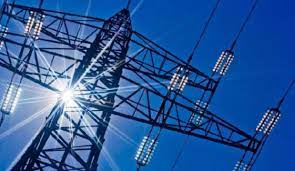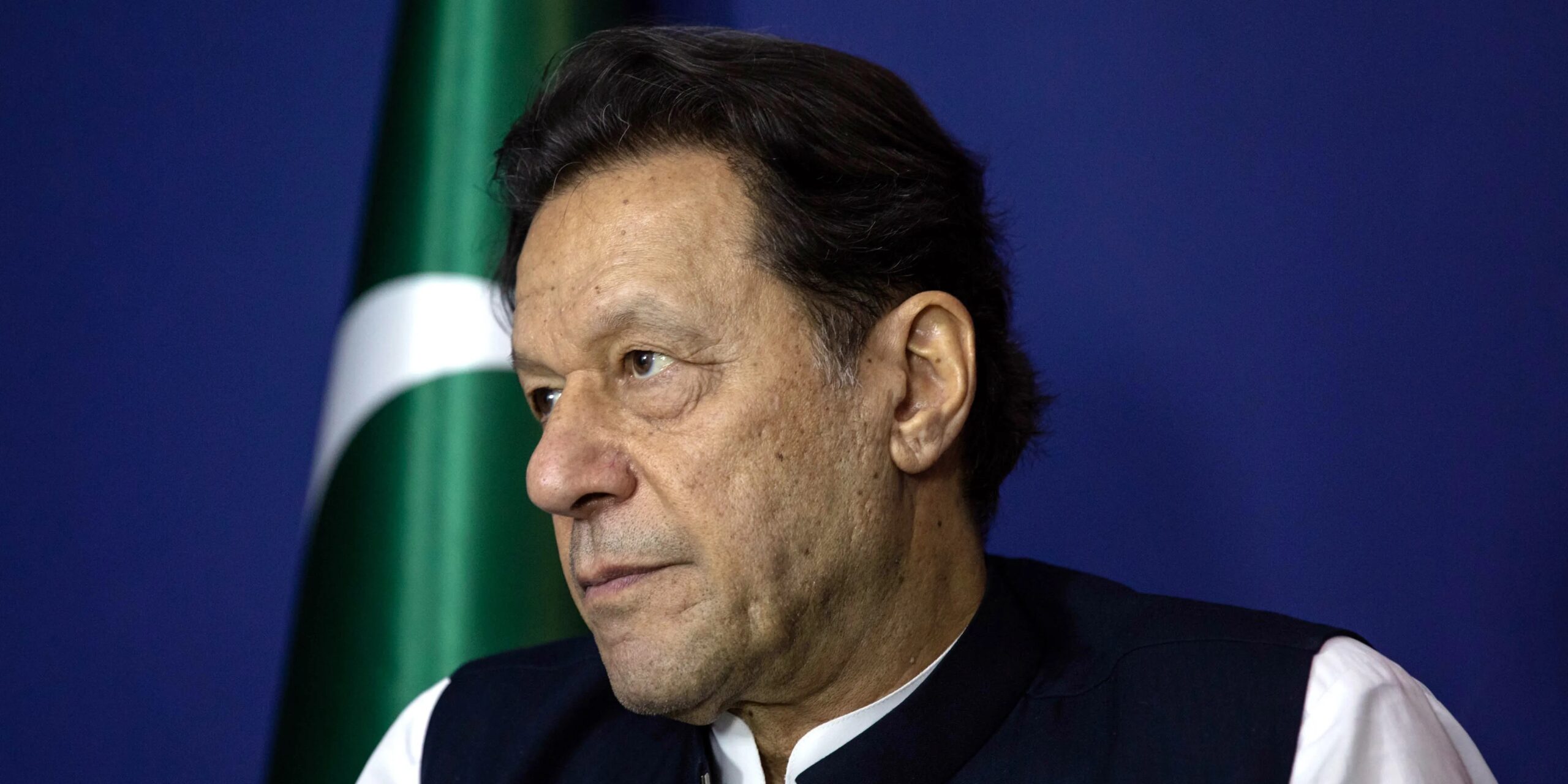Govt initiates plan to address 23 issues in power sector
The Power Division of Pakistan has reportedly initiated a comprehensive plan to address 23 critical issues within the country’s power generation, transmission, and distribution systems. This plan, shared with the Prime Minister and the Special Investment Facilitation Council (SIFC), aims to overhaul the sector and tackle the crippling circular debt.
The plan focuses on addressing key challenges in each segment of the power sector. In generation, the government aims to reduce reliance on imported fuel by adding 2,400 MW of solar generation, converting imported coal power plants, and utilizing auxiliary power for mining.
They also plan to optimize fuel and capacity utilization by implementing WACOG (Weighted Average Cost of Generation), shifting captive units to the National Grid, implementing economic load shedding, and introducing a regional incentive package.
To reduce the capacity payment burden, the plan includes debt restructuring and privatization of Generation Companies (Gencos) like Nandipur and Guddu. The introduction of wheeling and open competitive markets is also part of the privatization strategy.
In transmission, the plan focuses on removing transmission constraints and enhancing blackout probability margins to improve North-South Transmission Capacity. The plan also proposes institutional restructuring of NTDC (National Transmission and Dispatch Company), Market Operator, and System Operator to improve governance.
The distribution system reforms aim to reduce losses and improve service by implementing pre-privatization intervention, encouraging private participation in distribution companies, resolving issues related to tube wells in AJK, FATA, and Balochistan, and establishing special economic zones. The plan also includes replacing inefficient fans to promote energy efficiency and conservation.
In transmission, the plan focuses on removing transmission constraints and enhancing blackout probability margins to improve North-South Transmission Capacity. The plan also proposes institutional restructuring of NTDC (National Transmission and Dispatch Company), Market Operator, and System Operator to improve governance.
The distribution system reforms aim to reduce losses and improve service by implementing pre-privatization intervention, encouraging private participation in distribution companies, resolving issues related to tube wells in AJK, FATA, and Balochistan, and establishing special economic zones. The plan also includes replacing inefficient fans to promote energy efficiency and conservation.
The government plans to reduce industrial cross-subsidy, provide subsidies to protected domestic consumers through social protection programs, and restructure tariffs and taxes to address tariff and tax reforms.
The most pressing issue remains the circular debt, currently exceeding Rs 2.4 trillion. The government considers this an unpaid liability, not recoverable. Secretary Power Rashid Mahmood Langrial clarified that only Rs 100 billion of this debt is truly circular, with the remainder being unrecoverable liabilities.
Despite a commitment to the IMF and World Bank to contain circular debt at Rs 2.310 trillion, an additional Rs 100 billion has been added during FY 2023-24.
The Power Division is expected to present an overview of its plan to the Senate Standing Committee on Power on August 6, 2024.













Leave A Comment